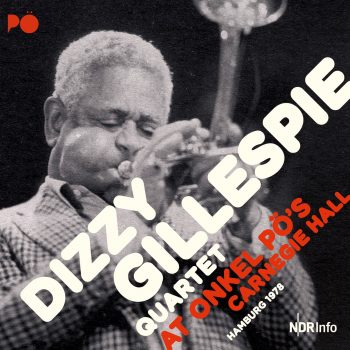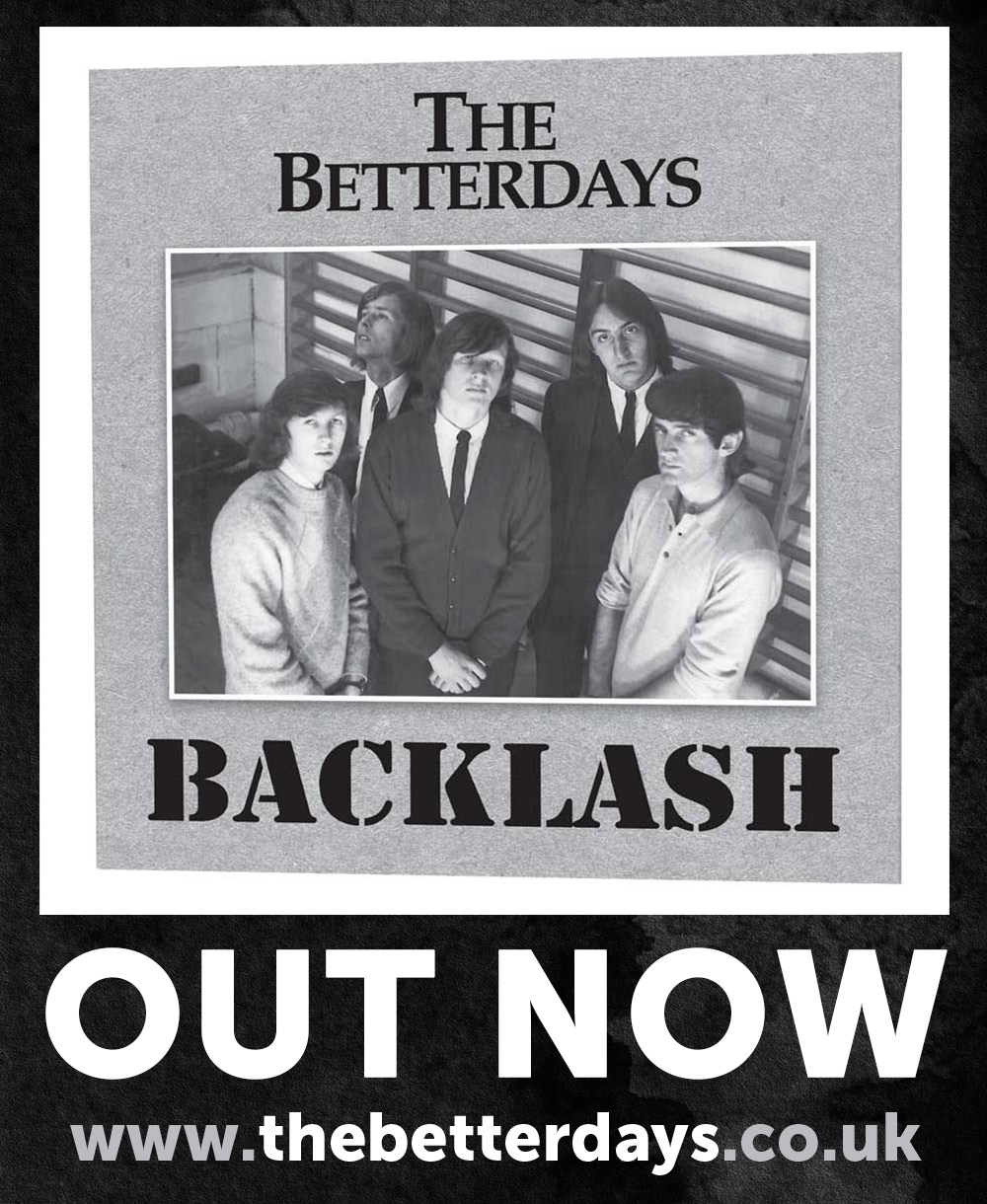 (4 / 5)
(4 / 5)
What can one say about jazz icon Dizzy Gillespie that has not already been said? A pioneer, an innovator, a giant as a trumpeter, composer and band leader. An integral part of the foundation of the be-bop movement alongside sax legend Charlie “Bird” Parker. Bird and Dizzy were inseparable for many years, working in the same bands together. Dizzy inspired many jazz artists over many decades, and continues to do so long after he left us.
Those puffed out hamster-like cheeks, his weirdly-shaped trumpet pointed skywards, his glass shattering top end notes, his sheer power, all the stunning work fronting bands of all sizes – from quartets to his blistering big bands. His clowning around and penchant for playing practical jokes on his musicians, he did not take himself too seriously, but by golly was he serious about his music.
Dizzy, so called because of his “crazy” persona, was eccentric, had a nickname among some jazz quarters as “the frantic one”, a demon on trumpet from a very young age, who actually began his musical exploits on trombone as a 14-year-old, with the encouragement of his amateur musician father. After just a year, he swapped to trumpet and never looked
Dizzy first toured Europe in the summer of 1937, as trumpeter in Teddy Hill’s band. Even back then as a youngster, tongues were wagging and heads were turning about this young upstart horn prodigy, whose star was just starting on the ascent. He spent a lot of time in Germany in the 1960s, where there was a big market for US jazz, and in 1968 he appeared at the Berlin Jazz festival where he recorded a live album with his Reunion Big Band, produced by journalist, jazz historian and producer Joachim Berndt.
In 1964, back in the USA, there was a cheeky joke campaign to install Dizzy as US President. Well, that was not nearly as bonkers as some 54 years later, when we have a certain Donald Trump in power over there. John Birks Gillespie from Cheraw, South Carolina, was born in October 1917, and nicknamed “Dizzy” since the start of his professional career. In 64, the year after the assassination of John F. Kennedy, in a country marked by traumatised resignation also in view of Lyndon B. Johnson, Kennedy’s deputy who had taken over the top job, there was a small-scale but inventive campaign: “Vote Dizzy!” These stickers are worth a small fortune today.
In March 1978, fourteen years on from this political super-joke, and a decade after Dizzy recorded his famous Berlin big band album, Dizzy Gillespie was back in Germany with his quartet. By then he was 60 years old and had reached cult-status long before. The previous years he had toured from festival to festival, together with the squad of impresario Norman Granz. On one of the recordings made at Montreux, on the shore of Lake Geneva, the star trumpeter fought a “battle” with the upcoming star Jon Faddis.
Dizzy was on tour in 1978 with a rather small team: the solos were divided between him and the 22-year-old guitarist Rodney Jones. The equally youthful Ben Brown was the man on the electric bass. When it came to drummer Mickey Roker, Dizzy relied on his own bebop-tradition. Roker, born in Miami in 1932, who has made Philadelphia his home, guaranteed the band’s supply with rhythmical energy.
In the second part of the “Pö” concert, Dizzy invited the saxophonist Leo Wright onto the stage. Wright, one of the style-defining Americans in Europe and in early post-war West-Germany, was born 1933 and died 1991 in Vienna. He was – together with Phil Woods – one of Charlie Parker’s legitimate heirs and Dizzy’s permanent quintet-partner for two years.
Leo joined in during “Olinga”, a composition by pianist Mike Longo, with whom and whose songs Dizzy performed on a regular basis. He also played on the songs “Blues”, the classic “A Night In Tunisia” – which Gillespie penned around 1941, while a member of the Benny Carter band. Dizzy titled it “Interlude”. Someone else later changed the title to “A Night In Tunisia”, and there are many, many covers, including vocal versions sung by Sarah Vaughan in 1953, and a version by Anita O’Day. Leo also joins in on the closer here, “Dizzy’s Party”.
This album gives us circa 100 minutes of that two-hour concert. 10 songs, and three short announcements. The NDR broadcasting truck was parked close to the entrance of the packed venue that night in March 1978 – to record yet another highlight in the history of jazz. Dizzy passed away at the age of 75 in 1993. His musical legacy lives on and will do forever, and this live double album is a lovely addition to this jazz giant’s timeless catalogue.
By Christopher Weston
 (1 / 5) ‘Dull Zone’
(1 / 5) ‘Dull Zone’ (2 / 5) ‘OK Zone’
(2 / 5) ‘OK Zone’ (3 / 5) ‘Decent Zone’
(3 / 5) ‘Decent Zone’ (4 / 5) ‘Super Zone’
(4 / 5) ‘Super Zone’ (5 / 5) ‘Awesome Zone’
(5 / 5) ‘Awesome Zone’




